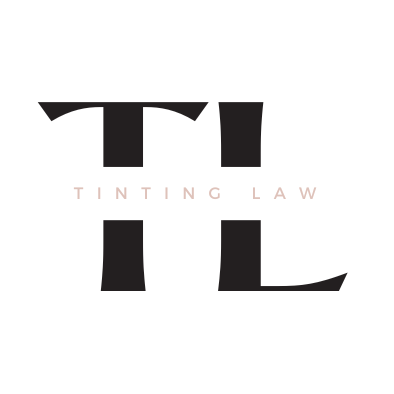Pennsylvania Car Window Tinting Laws: A Comprehensive Guide
In Pennsylvania, car window tinting is a sought-after vehicle modification, offering both aesthetic value and protection from the sun’s ultraviolet rays.
For drivers in the Keystone State, it’s essential to be well-informed about Pennsylvania’s tinting regulations.
This article delivers a concise overview of Pennsylvania’s car tint laws.
1. Front Windshield:
- Tinting is allowed above the manufacturer’s AS-1 line or the top 3 inches, whichever comes first.
- Reflective or mirror-like finishes are not permitted.
2. Front Side Windows:
- These windows must allow 70% or more of light to pass through.
- Reflective tints are not allowed.
3. Back Side Windows:
- For cars, these windows can have any level of tint darkness.
- Reflective tints are prohibited.
4. Rear Window:
- Tinting is permitted, but if the rear window is tinted, the vehicle must have dual side mirrors for clear visibility.
5. Tint Colors:
- Pennsylvania does not have specific restrictions on tint colors.
6. Medical Exceptions:
- Pennsylvania provides exceptions for individuals requiring specific tints due to medical conditions. Proper documentation from a licensed physician is required.
7. Quality Standards:
- When considering window tinting in Pennsylvania, it’s essential to ensure the shop uses state-compliant tint materials. They should provide certification or proof of compliance upon request.
8. Tint Stickers:
- Legally tinted vehicles in Pennsylvania should have a sticker, typically located on the driver’s side window.
9. Compliance:
- Adhering to Pennsylvania’s tinting guidelines is crucial. Non-compliance can result in penalties.
Understanding and adhering to car window tinting laws in Pennsylvania ensures a compliant driving experience.
For the most current information on Pennsylvania’s tint regulations, it’s recommended to consult the DMV or local law enforcement agencies.
